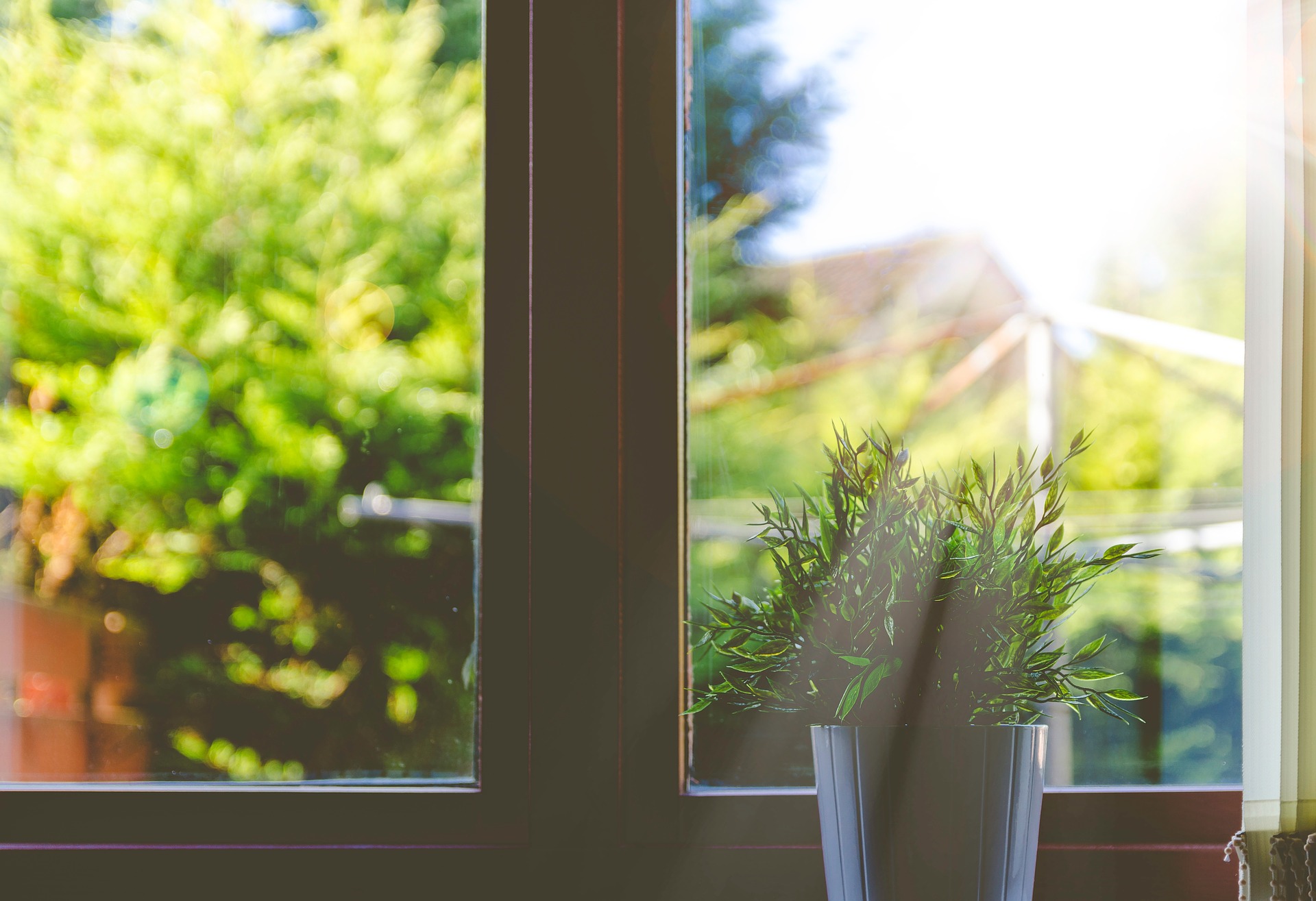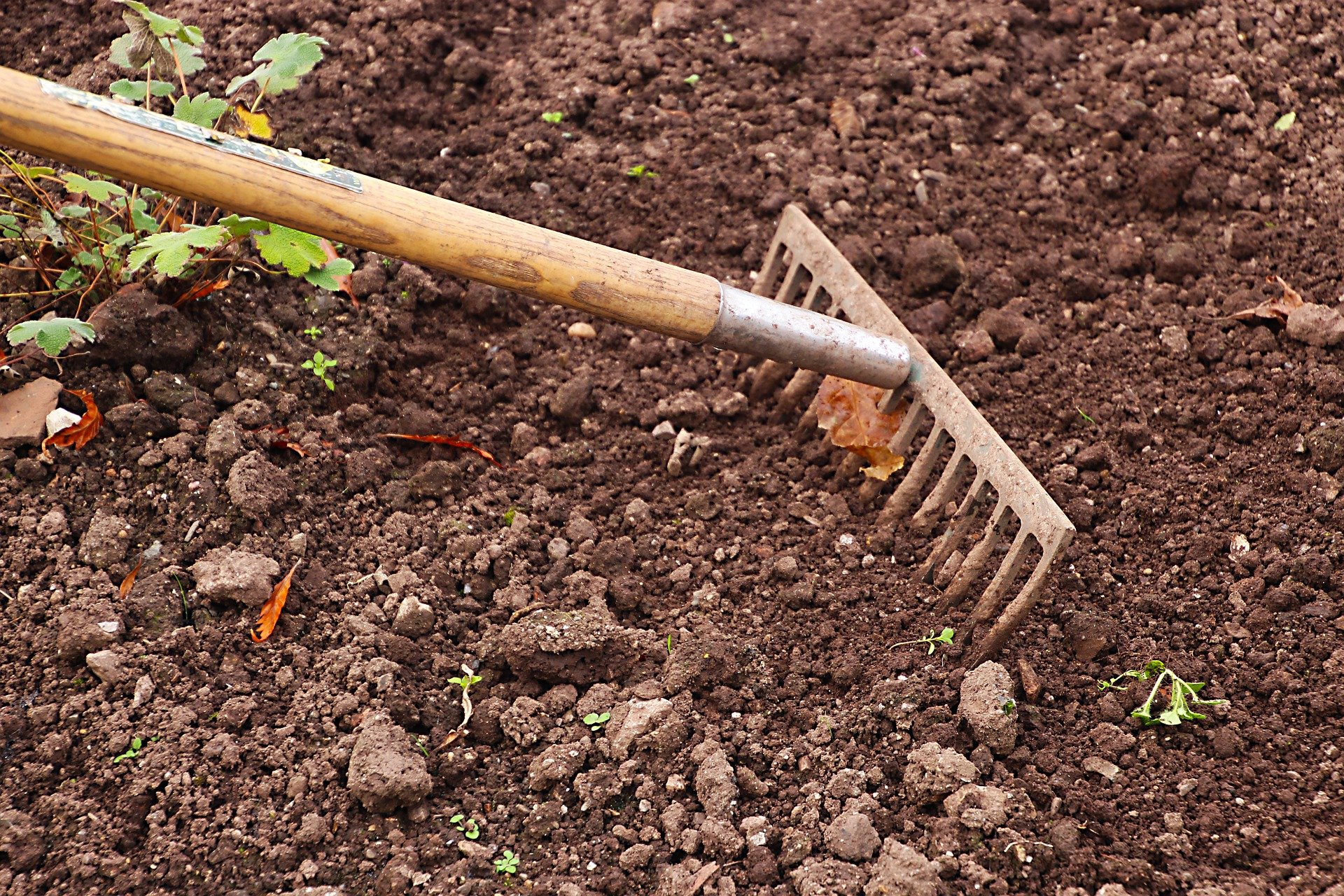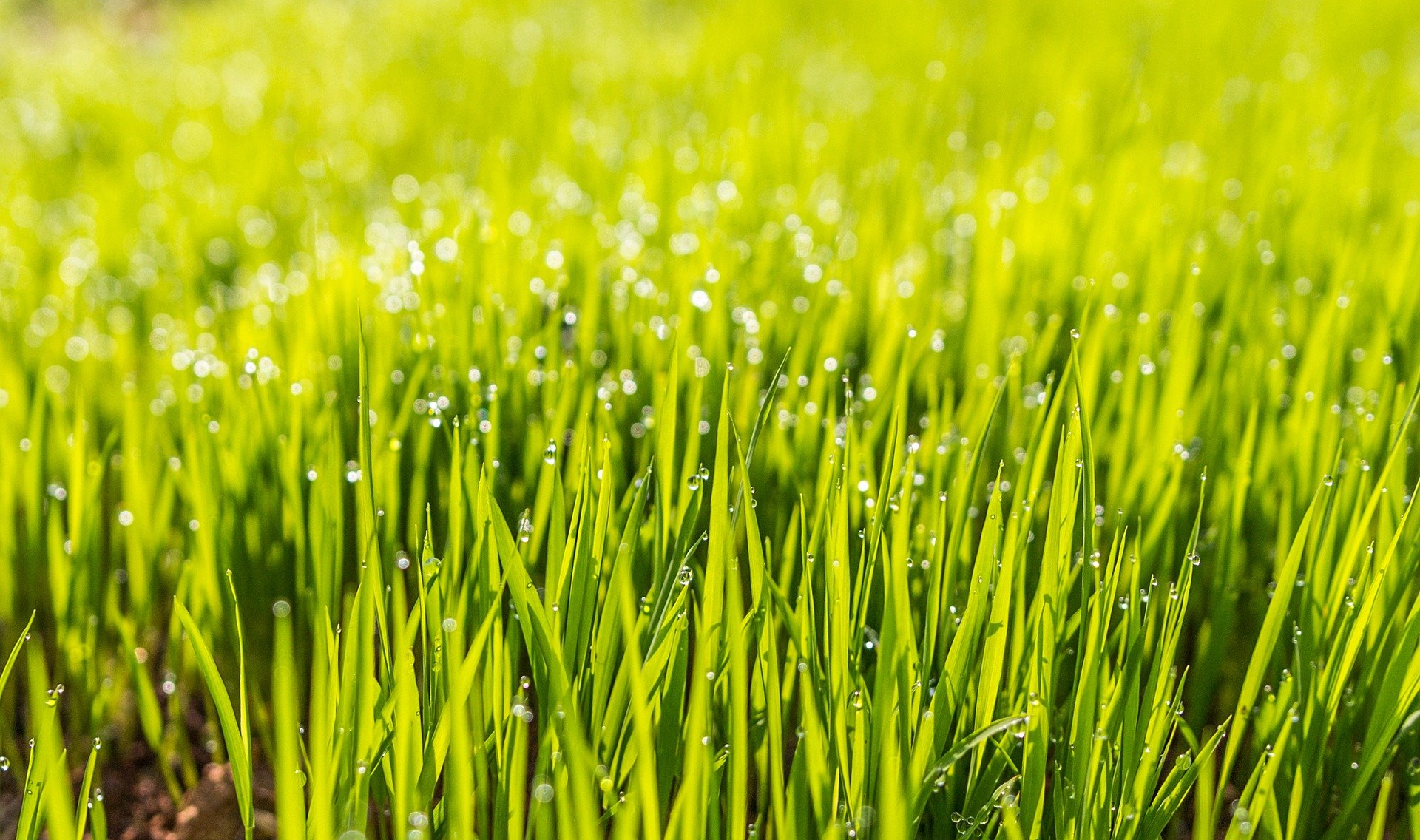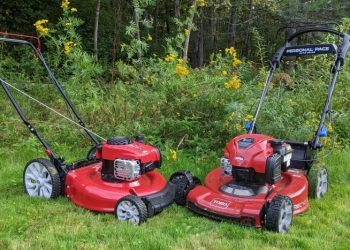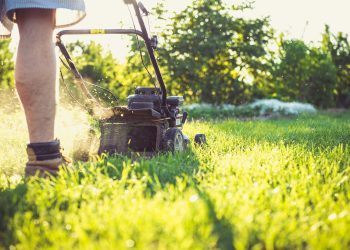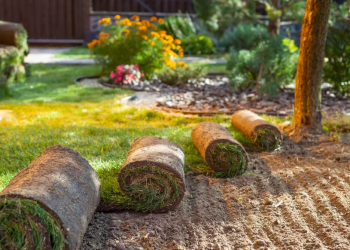Table of Contents
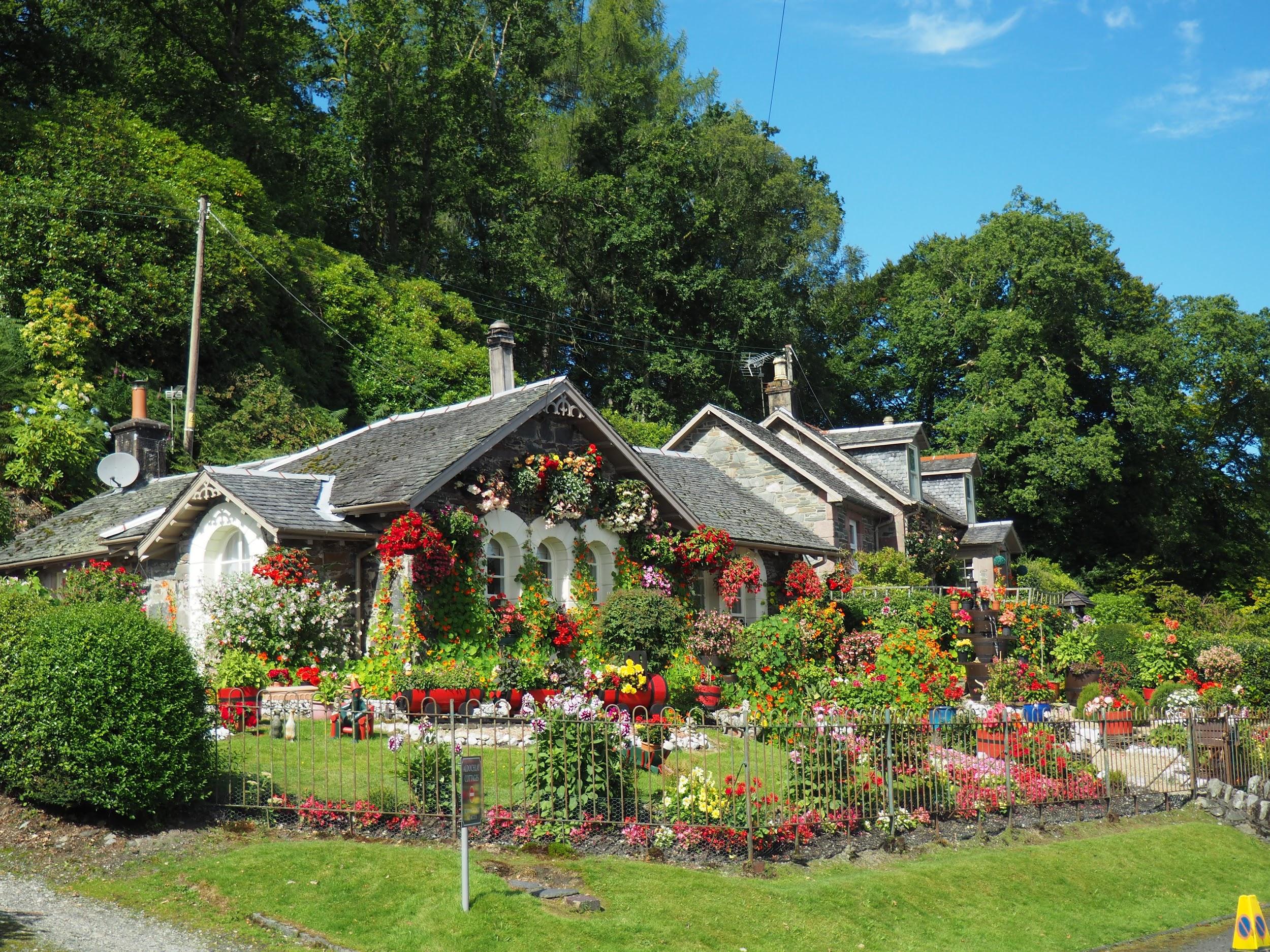
Gardening is great for our physical health and mental wellbeing. But while you’re enjoying the health benefits, spare a thought for your yard, which itself requires a lot of TLC to remain healthy, verdant and beautiful all year round. In fact, a large part of gardening is preempting or dealing with problems that may arise with your lawn, crops, soil and irrigation. Knowing how to plan out a new garden or modify an existing one is essential to keeping your outdoor space in good health. It’s also useful to do plenty of research on various aspects of garden maintenance, so you don’t get caught out by pests or plant diseases. There are plenty of steps to take to keep your yard healthy – here are some to start you off.
Plant wisely
Assessing your garden and the pros and cons of each area of the space is essential when you start out. But it also pays to reassess from time to time, with the benefit of experience. Have some plants done well and others have floundered? There are many basic ways to plant wisely – for crops and flowers that love sunshine place them where the most rays hit. And for those that prefer a bit of damp, or simply less sun, put them in the shade. There are some varieties of plants and vegetables that are more disease prone than others – and some varieties of plant species can be more resilient. For example, common lilacs often get powdery mildew, a fungus disease that creates white or light gray fuzz on the leaves in the summer. The smaller, later-blooming Korean lilac is much less prone. Research is key, but ask advice at your local garden center or online to see which plants will suit your garden.
Soil
A garden needs three things – sunlight, water and soil. That last one can be tricky, depending on the soil quality in your garden. If you have sandy, rocky or clay-filled beds it can be very difficult to grow anything without working on it. Compacted soil is also a big problem, sometimes impenetrable with a spade or trowel. Compacted soil is caused by layers of clay or areas with heavy footfall, and can be prone to waterlog. Good soil should be loose, well-irrigated and nutritious for the best yield of crops or beds of flowers. There are ways to improve problematic soil, loosen and dig 10-12 inches and add a layer of compost. The beds will sit slightly raised. Building raised beds is another way to control the soil quality, as well as reducing the need for digging over and weeding, probably for the first couple of seasons.
Compost and manure
Just like you and I, plants need a healthy, balanced and nutritious diet. That’s where compost comes in – and the bedrock of any successful and sustainable garden is the compost bin. You can make your own container for compost if you like, but a large plastic barrel can be bought cheaply from any garden center and many other places. And a great thing about compost is that it’s totally free! Table scraps, food waste, eggshells, cut grass, leaves and other garden clippings can all be deposited into the container and left to do their magic. You’ll end up with a natural, nutrient-rich mixture for all your crops and flowers. Another great natural source of plant food is manure – you can buy bags of the stuff, but if you live close to a farm you may be able to sniff out a load for free.
Watering
Effective irrigation is essential to any garden. Using an above-ground sprinkler or a hosepipe is not the best way to keep your lawn and crops hydrated. The basic rule is this: you water the soil, not the leaves – not only is watering leaves inefficient, damp leaves are also prone to disease. Consider a below-ground irrigation system, or in-ground sprinklers – these can be automated to water crops most effectively, and are often customizable. Soaker hoses and in-ground ollas are also good ways to quench thirsty plants. If you are using a hosepipe, make sure you water early in the morning, so that most of the water is absorbed rather than evaporated.
Lawn
The centerpiece of any garden, a lush, verdant lawn is a fine sight. But like anything else in the backyard, a lawn needs TLC. The first thing to do is to remove any weeds – roots and all, by hand or with a weeder. Try to avoid using weed killers unless they’re really out of control, and if you do use one make sure you read the instructions carefully – many weed killers are only effective for certain kinds of weeds and can only be used at certain times of the year.
The next step is to dethatch. Rake out any accumulated matter to prevent weeds from finding a space to grow, or turf not exposed to sunlight. Any balding spots on your lawn will need to be reseeded, and your lawn may need to be aerated if you have planted it on compacted soil. If your roots don’t extend down more than a couple of inches, consider renting an aerator. When it comes to mowing, less is often more. That means not completely scalping the lawn – leave grass three or four inches high – this will shade the soil slightly, which stops weeds from being able to germinate.
A healthy garden is a beautiful garden. Follow these tips to keep your yard in great shape.

